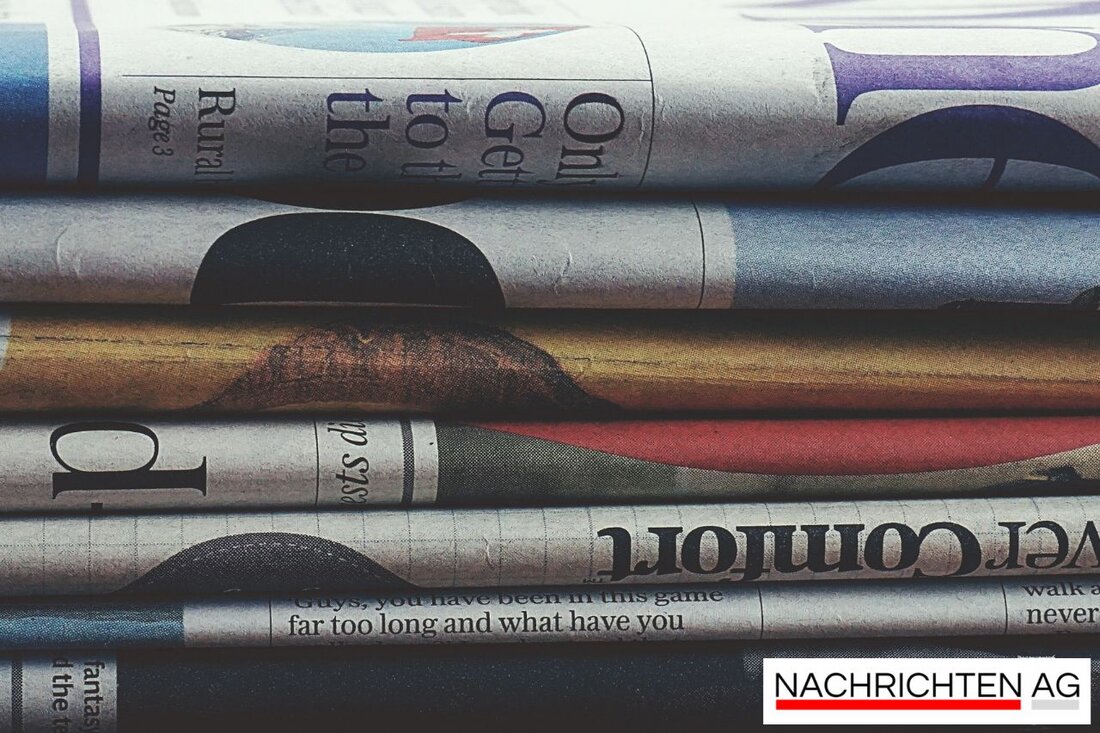Red alarm level: Air quality in Brandenburg - Health in danger!
Red alarm level: Air quality in Brandenburg - Health in danger!
On June 17, 2025, the air quality values in Brandenburg an der Havel are anything but gratifying. The measuring station at Werner-Seelenbinder-Sportplatz has chosen alarming values for fine dust particles. With 100 micrograms per cubic meter of air, the fine dust value is significantly above the limit of 50 micrograms, which is classified as "very bad". This is not just a local problem; According to estimates, around 240,000 people die in the EU annually due to fine dust loads, which underlines the urgency of the topic. maz-online.de reports of the worrying measurements and recommends to avoid physical exertion outdoors in particular.
But what is behind the high values? It is nothing new that is the largest environmental risk in Germany. The current limit values for pollutants such as fine dust and nitrogen dioxide come from a time when the euro was still new, and are now being revised by the EU. The EU Commission has proposed stricter limit values that are based on the WHO guidelines of 2021. An agreement was reached on February 20, 2024, but the final assumption is still expected, such as the Federal Environmental Office communicated.
limit values and health
The new proposals stipulate that the fine dust limit values should be reduced by 60 percent by 2030. This should not only improve the measured values, but also minimize the health risks for the population. Finally, air pollution is considered to be a co -cause of numerous chronic diseases. It is interesting that citizens should be entitled to compensation if they fall ill due to the limit values that have not been observed. However, critics warn of numerous challenges and possible waves that could arise from this regulation, such as "https://www.tagesschau.de/ausland/europa/luftqualitaet--grenzwert-eu-eu-eu-eu-eu-eu-eu-eu-eu-eu-eu-eu-eu-eu-eu-eu-eu-eu-eu-eu-eu-eu-eu-eu-eu-eu-eu-eu-eu-eu-eu-eu-eu-eu-eu-eu-eu-eu-eu-eu.
The current location is alarming: in Europe, the majority of people breathe air that exceeds the WHO guidelines. Economically disadvantaged groups are particularly vulnerable. This fact illustrates the urgent need for action, since damaged air not only damages human health, but also the environment.
perspectives for air quality
It remains to be seen how the new limit values will be implemented in concrete terms and whether the states will actually comply with their obligations in good time. While Germany has already violated old EU limit values in the past, the Ministry of the Environment was facilitated with the agreement on the new standards. The minister speaks of progress for clean air, even if the new limit values remain behind the ideas of the WHO. Federal Environment Agency
In view of the persistently high fine dust values, we still have to ask ourselves in Cologne and elsewhere: What can we do as a company to improve air quality? Because one thing is clear: clean air is a basic requirement for our health and well -being.| Details | |
|---|---|
| Ort | Brandenburg an der Havel, Deutschland |
| Quellen | |


Kommentare (0)